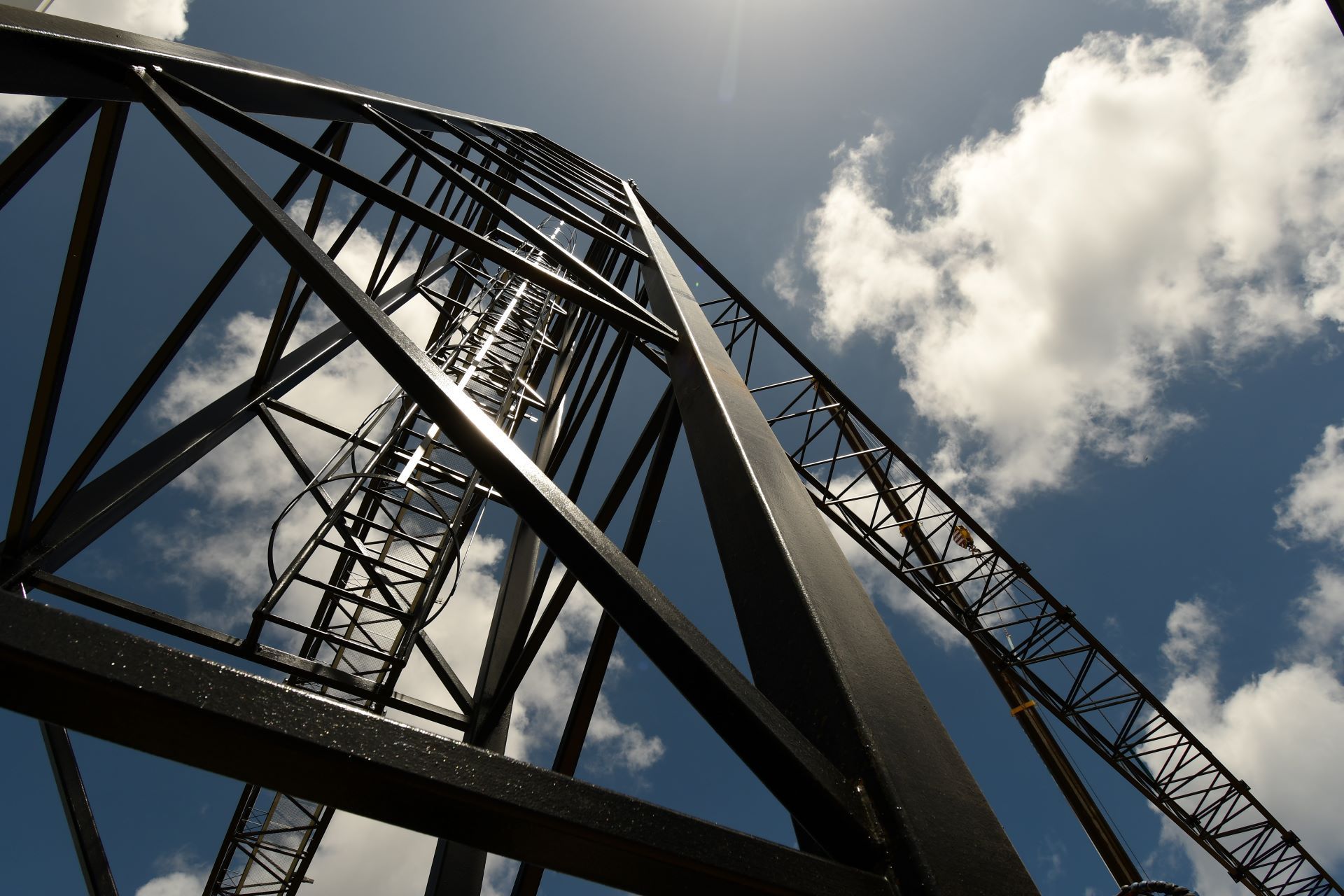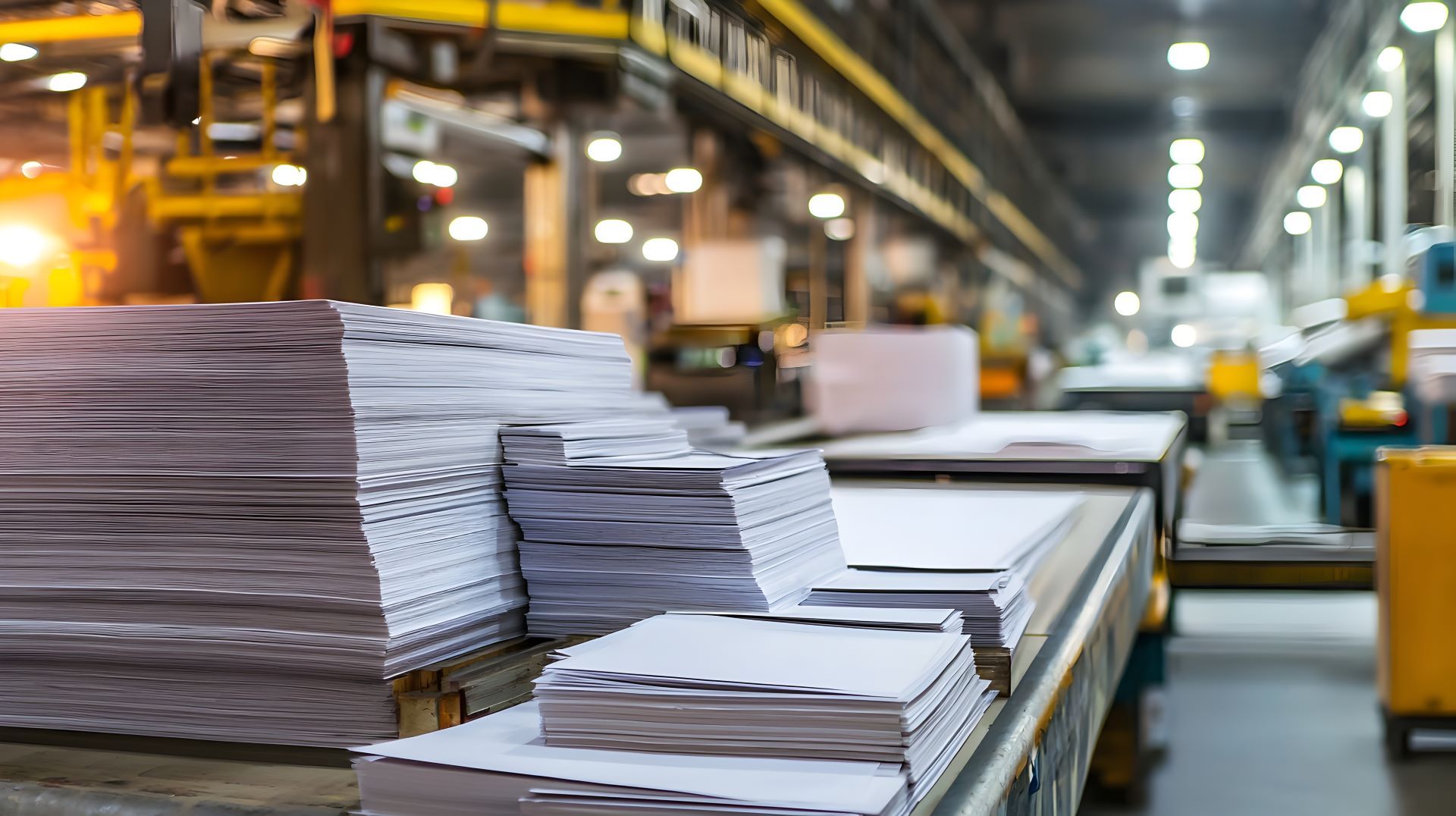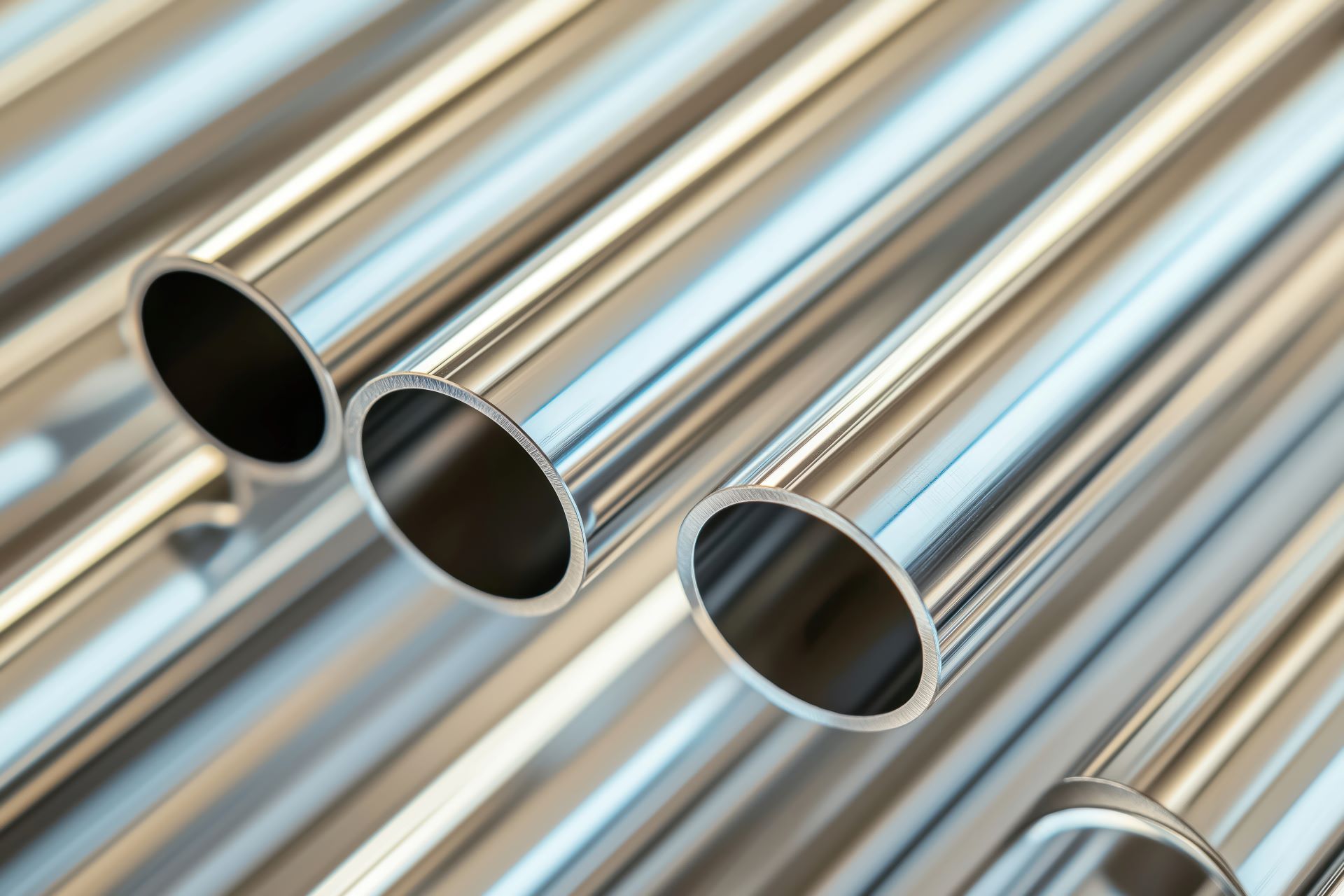Best Stainless Steel Alloys for Food Processing Equipment: Grade Guide for Safety and Compliance
Stainless steel plays a critical role in the food processing industry, where sanitary conditions, durability, and regulatory compliance are non-negotiable. From conveyors and mixers to tanks and fittings, every component must be manufactured using materials that can withstand constant exposure to moisture, cleaning agents, temperature shifts, and the harsh demands of a regulated environment. Choosing the right stainless steel grade ensures your equipment not only meets hygiene standards but also performs reliably over time.
At Action Stainless, we help food and beverage manufacturers, processors, and fabricators select the most appropriate alloy for their application. Whether you need flat sheet for custom pans or bar stock for machinery frames, understanding the strengths and limitations of each grade can reduce long-term maintenance costs and help maintain food safety standards.
Why Stainless Steel Dominates Food Processing Equipment
Stainless steel is widely used in food processing equipment for several key reasons. Its corrosion resistance makes it ideal for wet and steamy environments where other materials would degrade quickly. Its non-reactive surface ensures it doesn’t leach into or chemically interact with food, and its cleanability allows it to meet stringent USDA and FDA regulations. Many grades also resist pitting, cracking, and fatigue—essential for long-term reliability under heavy use.
Additionally, stainless steel offers excellent formability, allowing manufacturers to fabricate complex parts that meet design specifications without sacrificing integrity. Some grades provide enhanced resistance to chlorides or acids, while others excel in high-heat environments, making stainless steel one of the most versatile and dependable materials in the food industry.
Understanding Food-Grade Stainless Steel Requirements
Food-grade stainless steel must meet specific criteria to ensure both safety and durability. The most important attributes include:
- Corrosion Resistance: Equipment must withstand water, acidic foods, cleaning agents, and environmental conditions without rusting or degrading.
- Non-Porosity: The surface should be smooth and easy to sanitize, with no microscopic pits that can trap food particles or bacteria.
- Weldability: Many food processing components are assembled using welded joints, so the material must handle welding without losing performance.
- Resistance to Cleaning Chemicals: Frequent exposure to caustic cleaners, bleach, and sanitizers means the alloy must resist chemical breakdown.
- Mechanical Strength: The equipment must retain structural stability during loading, mixing, and heat cycling.
Some stainless steels meet these standards better than others, and selecting the right one depends on the specific conditions and processes your equipment will encounter.
Common Applications Across Industries
The table below outlines common stainless steel grades used in food processing applications, highlighting their strengths and recommended uses.
| Grade | Corrosion Resistance | Strength & Durability | Cleanability | Best Use Case |
|---|---|---|---|---|
| 304 | Excellent (general use) | High | Excellent | Piping, tanks, sinks, conveyors |
| 316 | Superior (chloride-resistant) | High | Excellent | Marine food processing, high-acid food handling |
| 430 | Moderate (budget-friendly) | Moderate | Good | Dry storage, decorative panels, equipment trim |
| 2205 Duplex | Exceptional (stress-corrosion resistant) | Very High | Excellent | Large tanks, pressure vessels, acidic processes |
| 201 | Fair (low nickel alternative) | Moderate | Good | Non-critical areas, price-sensitive components |
304 Stainless Steel: The Industry Standard
Type 304 stainless steel is the most commonly used food-grade alloy thanks to its versatility and excellent corrosion resistance. It contains 18% chromium and 8% nickel, giving it austenitic properties that make it highly formable, weldable, and easy to clean. It resists oxidation in water, acidic foods, and cleaning agents and holds up well in most ambient conditions.
Applications include equipment housings, sinks, countertops, storage tanks, and processing lines. Although 304 performs well in many environments, it may not be suitable for high-chloride or salt-heavy environments without additional protection or passivation.
316 Stainless Steel: Built for Harsh Processing Environments
For processors working with brine, seafood, pickled vegetables, or other salt- and acid-rich products, Type 316 stainless steel is a superior choice. The inclusion of 2–3% molybdenum gives it better resistance to chlorides and harsh cleaning chemicals, reducing the risk of pitting or stress corrosion.
316 stainless is ideal for food and beverage manufacturers dealing with more aggressive substances or frequent sterilization. It’s commonly used in evaporators, heat exchangers, tanks storing acidic food, marine processing lines, and areas that experience regular high-pressure cleaning.
430 Stainless Steel: A Budget-Conscious Option for Low-Risk Areas
Type 430 is a ferritic stainless steel with 16–18% chromium and no nickel, making it more affordable than austenitic alternatives. It offers decent corrosion resistance and good formability, but its lack of nickel makes it less suitable for acidic or highly moist environments.
It’s often used for dry storage areas, trim, support structures, or applications where direct food contact is limited. While 430 won’t perform as well as 304 or 316 under harsh conditions, it is a cost-effective option for secondary components and light-duty enclosures.
2205 Duplex Stainless: The Premium Choice for High-Stress Applications
Duplex stainless steels like 2205 combine the strength of ferritic and austenitic structures to offer exceptional resistance to stress corrosion cracking, high pressure, and temperature fluctuations. With approximately twice the strength of 304 or 316, 2205 is an excellent option for large food-grade tanks, chemical storage, and high-load applications in acidic environments.
This grade resists sulfide stress and chloride cracking, making it suitable for demanding environments that standard austenitic stainless steels can’t endure. While more expensive and more challenging to weld, its performance benefits often justify the investment.
201 Stainless Steel: For Non-Critical Applications
Type 201 is a lower-cost austenitic alloy that uses manganese and nitrogen to replace some of the nickel content found in 304. While it offers decent strength and appearance, it has reduced corrosion resistance and is not suitable for high-moisture or chemically aggressive environments.
It’s often used in non-critical applications like carts, display equipment, or budget-friendly builds. While not ideal for prolonged food contact, it can be used where regulations allow and cost is a primary concern.
Regulatory and Safety Compliance
Stainless steel used in food processing must meet U.S. FDA, USDA, and NSF standards to ensure hygienic, non-toxic, and corrosion-resistant performance. These requirements focus not only on the chemical composition of the alloy but also on its surface finish and fabrication.
For example, stainless components must have smooth, crevice-free finishes with a minimum 2B or #4 polish in most food-contact applications. Welds must be fully sealed and polished to prevent bacterial harborage. Action Stainless provides finishing services that meet these requirements, along with custom cutting and polishing that reduce shop time for fabricators.
In addition to U.S. codes, international certifications like 3-A Sanitary Standards or EHEDG may apply, especially for companies exporting or building multi-national facilities.
Fabrication Considerations
Choosing the right alloy involves more than performance specs, it also affects how easily your material can be fabricated. Some grades are easier to bend, weld, or polish than others.
- 304 and 316 are readily weldable and can be formed into complex shapes without compromising strength.
- 430 can be formed but may experience cracking if bent too tightly.
- Duplex grades require more expertise during welding and forming, often needing special tools or procedures.
At Action Stainless, we provide not only material selection guidance but also in-house services for sawing, shearing, plasma cutting, and polishing to your specs. Our team helps fabricators minimize waste and achieve consistent results, especially in sanitary and safety-critical applications.
The Role of Surface Finish in Food Safety
Beyond the alloy itself, surface finish plays a major role in ensuring food-safe performance. Rough or scratched surfaces can harbor bacteria and resist cleaning. For most food-contact surfaces, finishes such as 2B (cold rolled, smooth) or #4 (brushed satin) are preferred. In some applications, electropolishing is used to further enhance cleanability.
We stock and process stainless steel with finishes that meet food safety standards, helping our customers meet compliance without added rework.
Supporting Food Processors Across North America
Action Stainless is proud to serve the food processing sector with a deep inventory of food-grade stainless steel, value-added processing services, and technical support. Our branches across the U.S. provide fast turnaround and consistent quality to processors, equipment OEMs, and custom fabricators.
Whether you're building USDA-inspected equipment or outfitting a specialty food production line, our material expertise ensures you get the right product, in the right shape, with the right finish.






